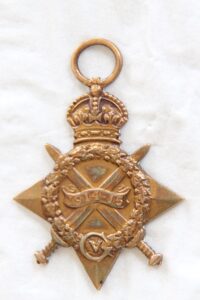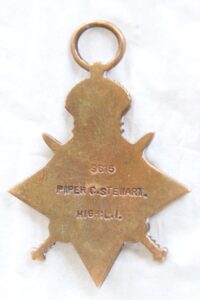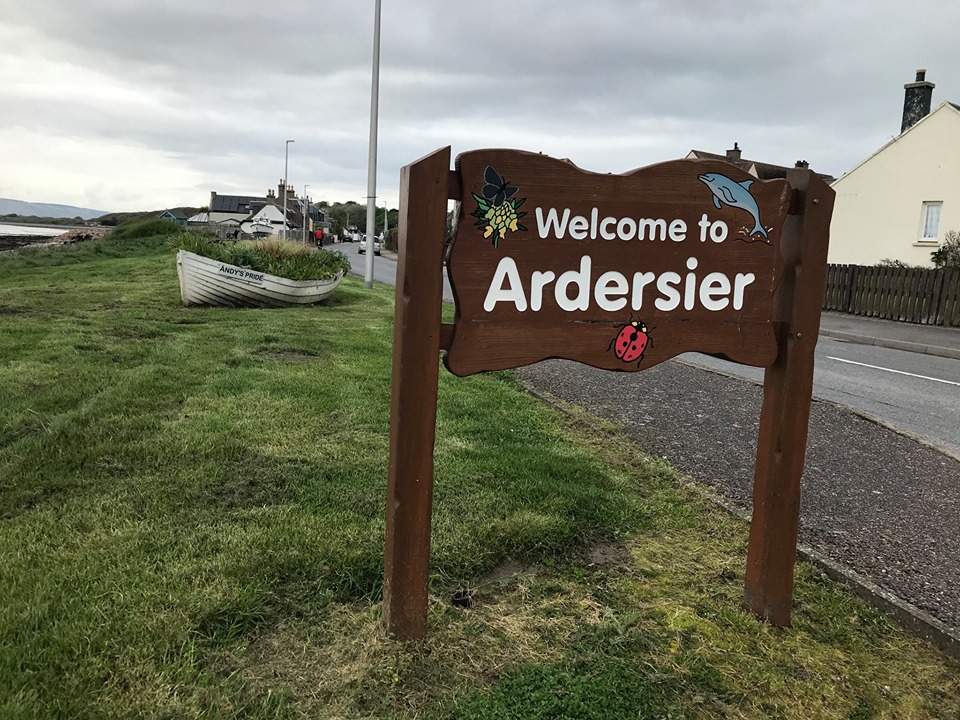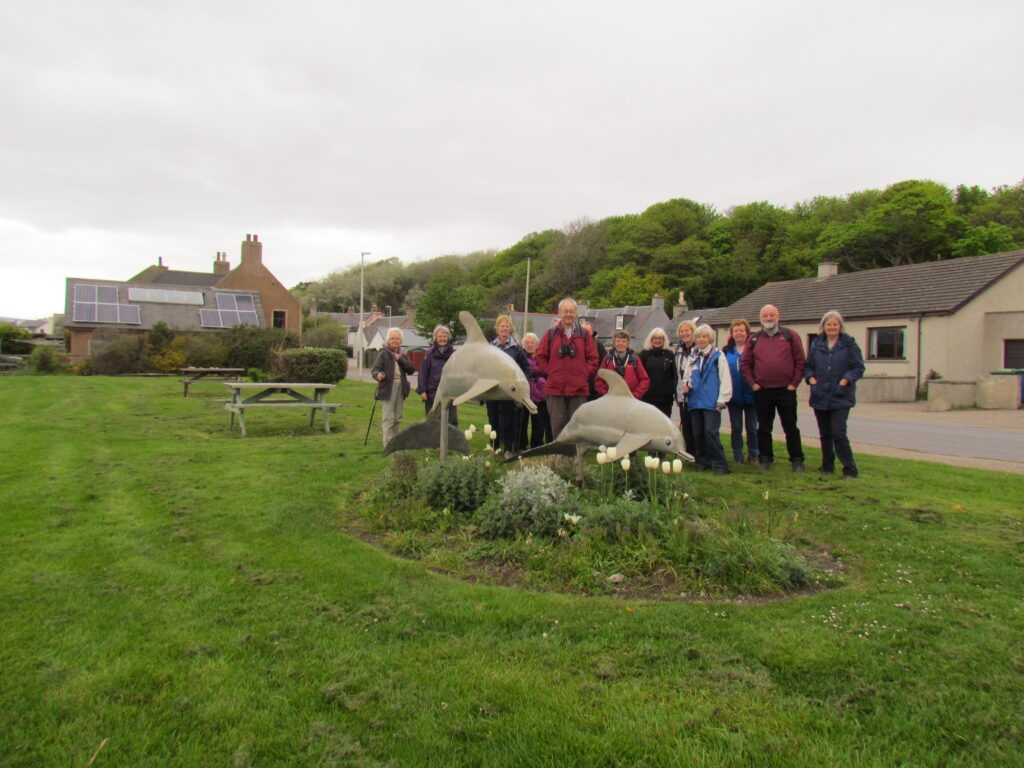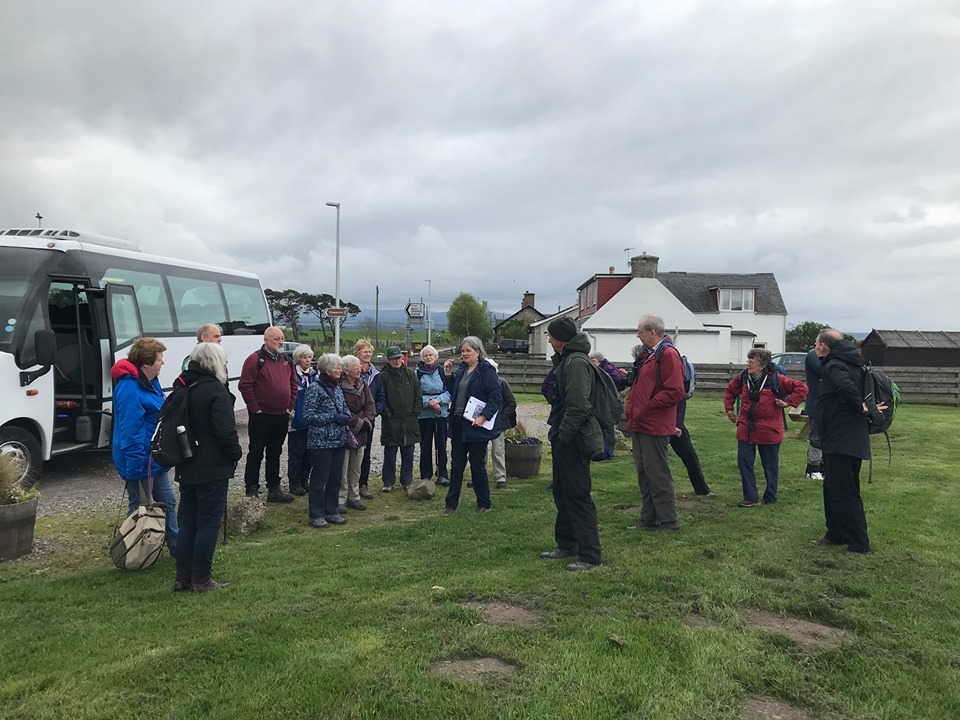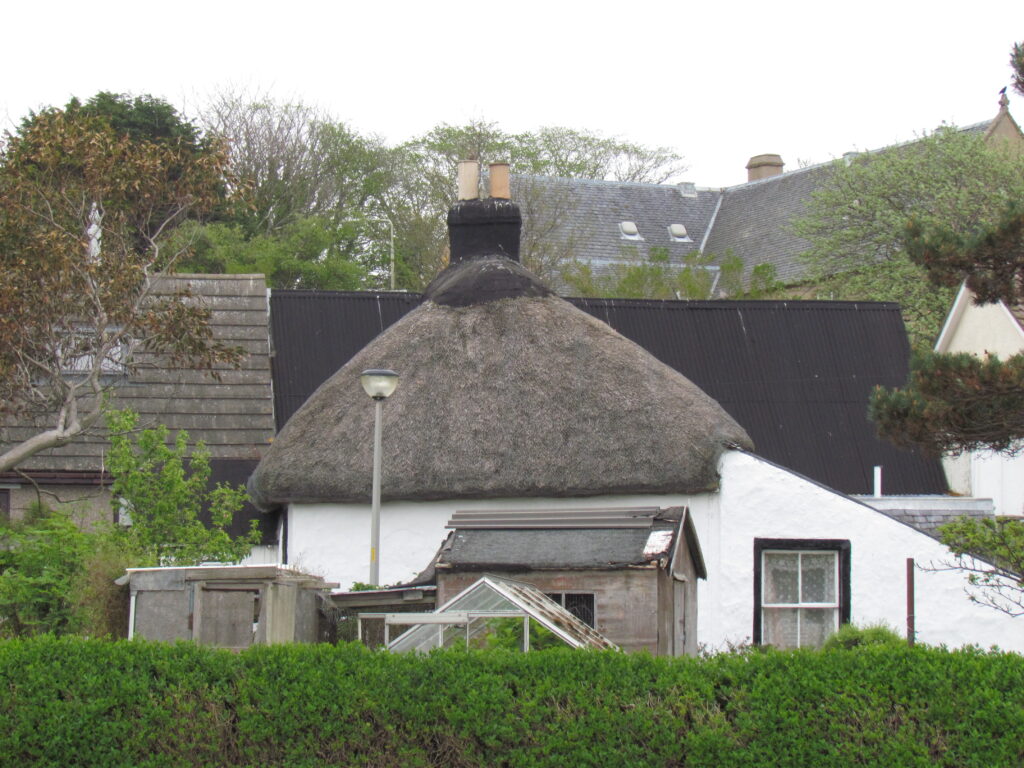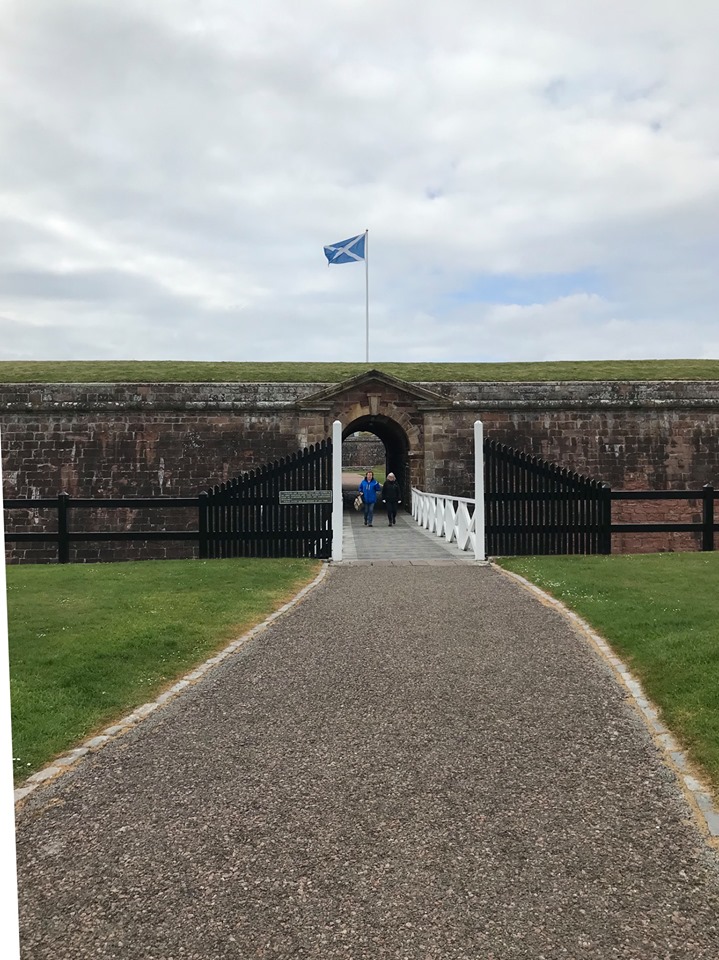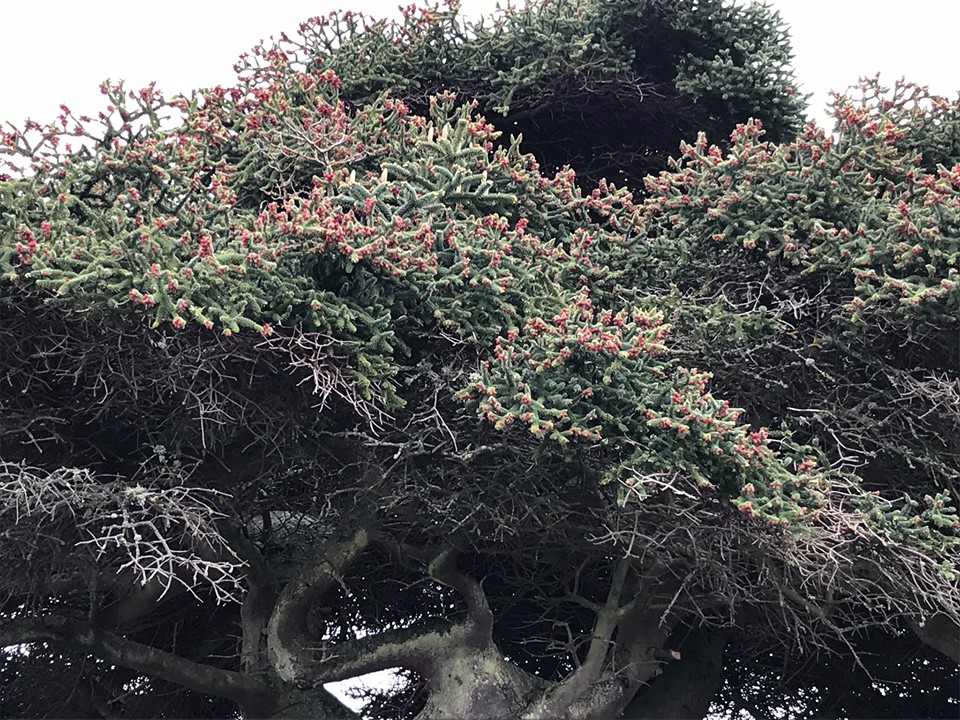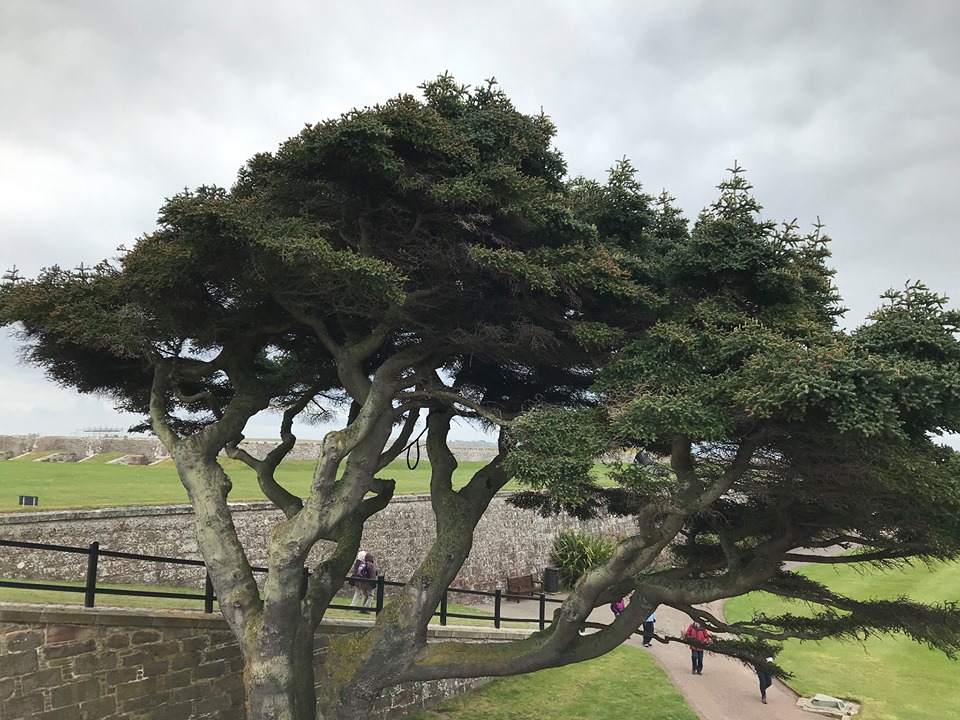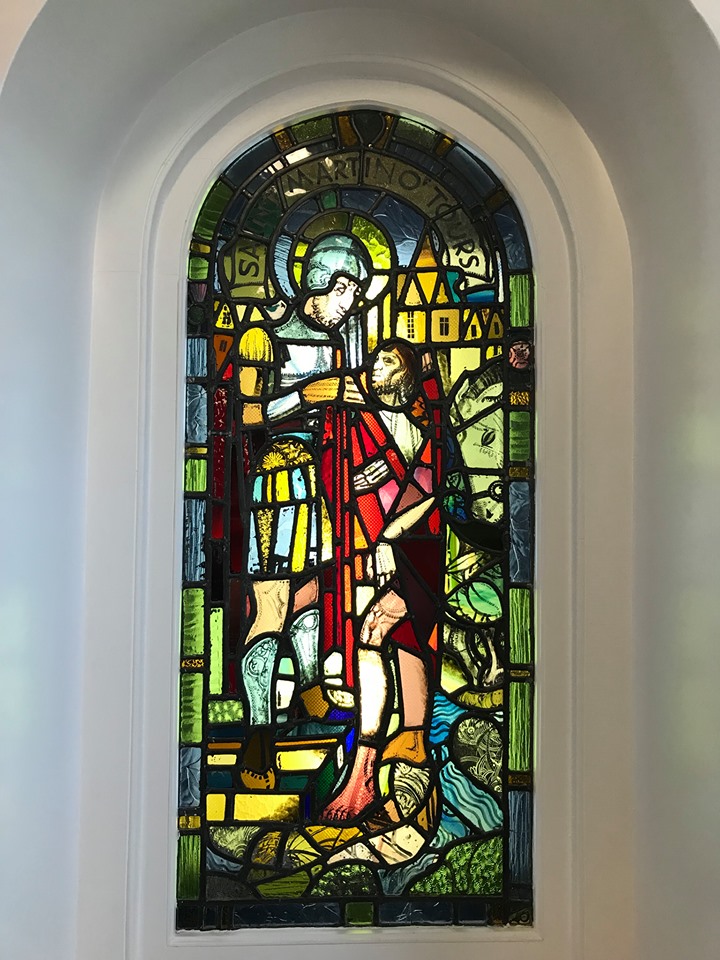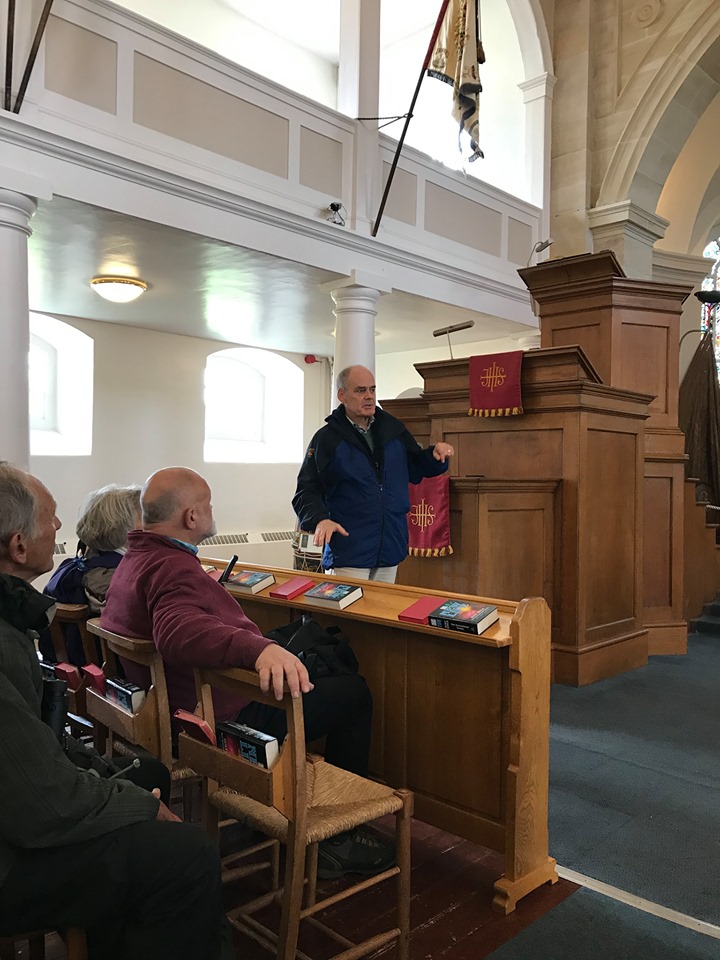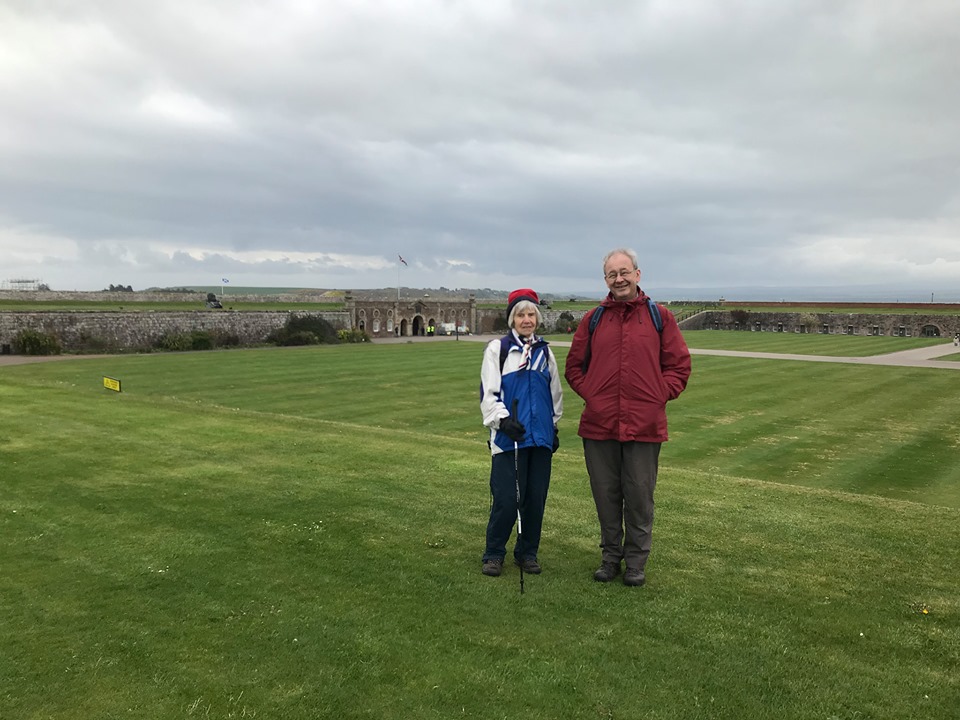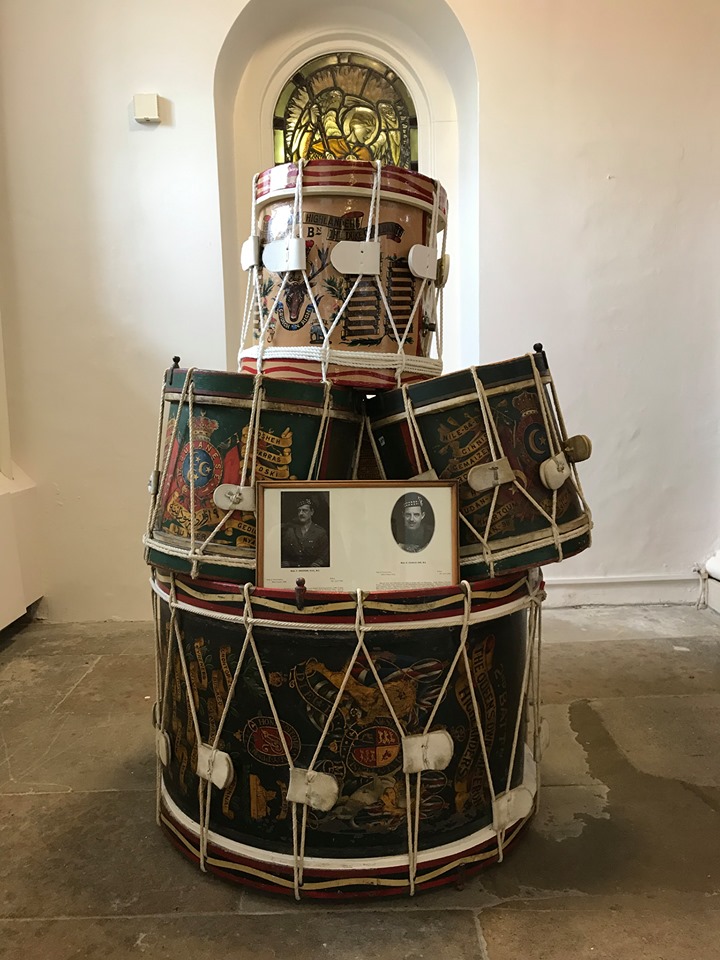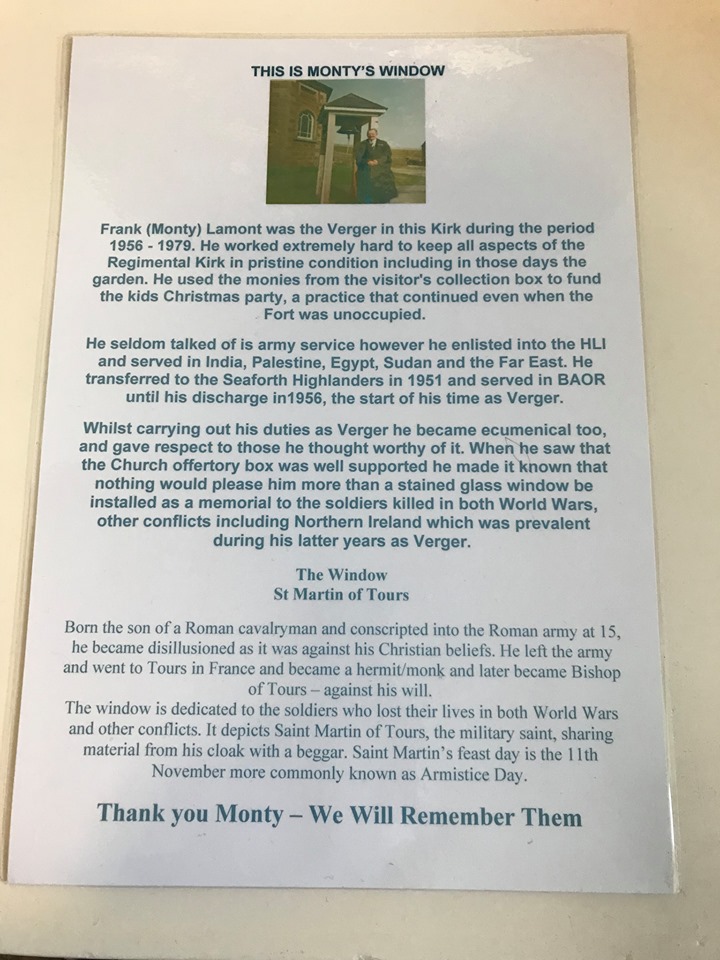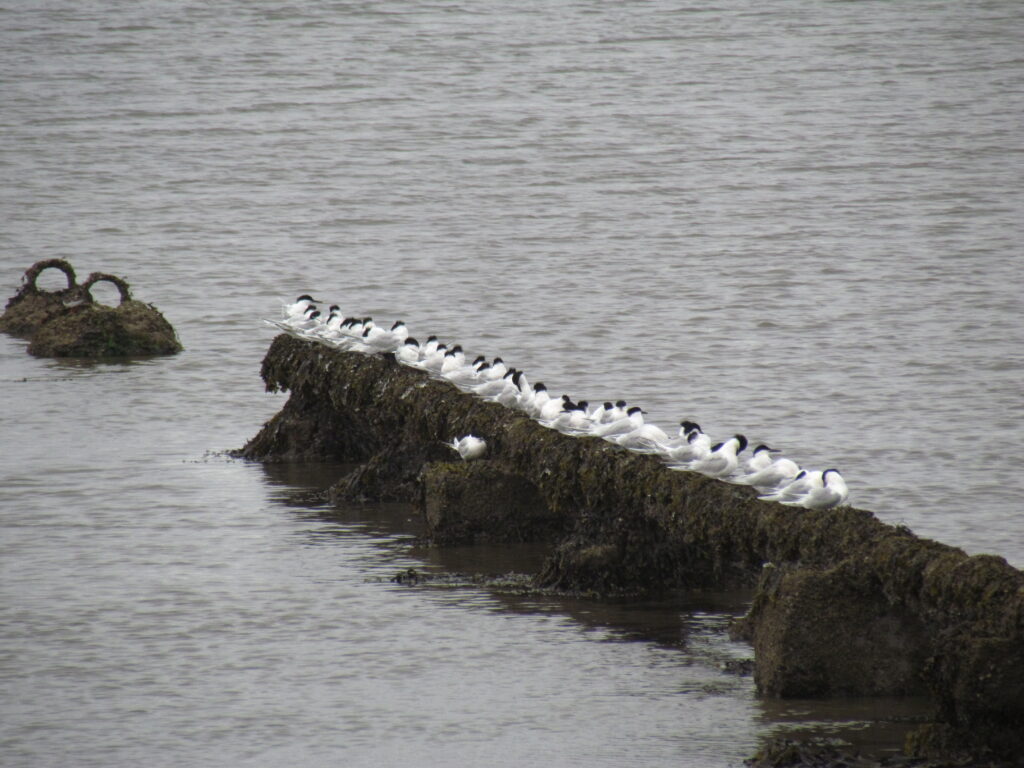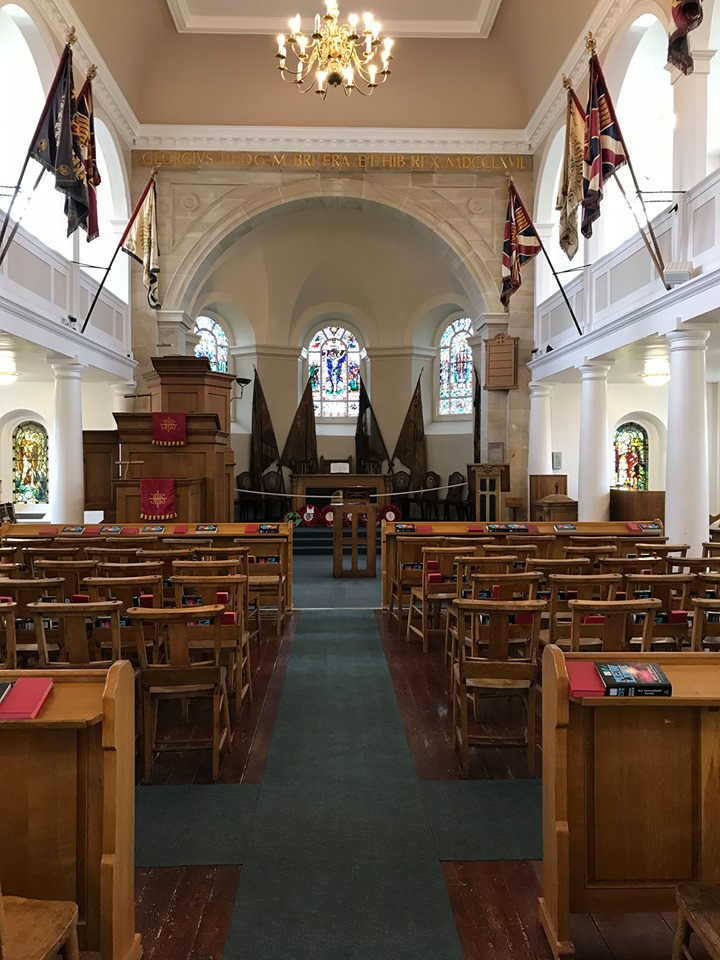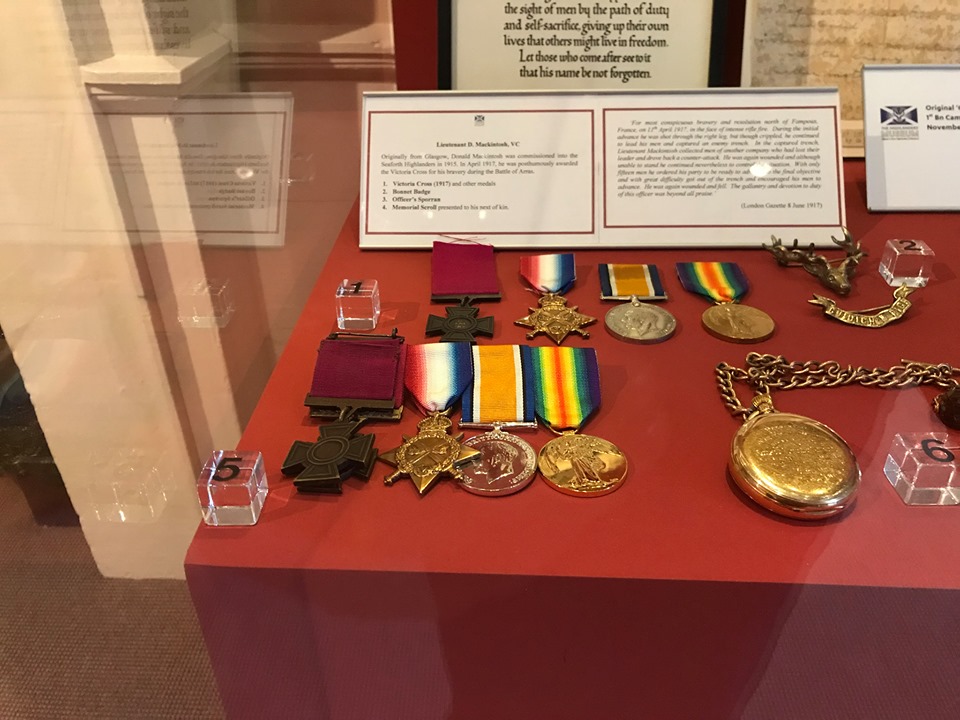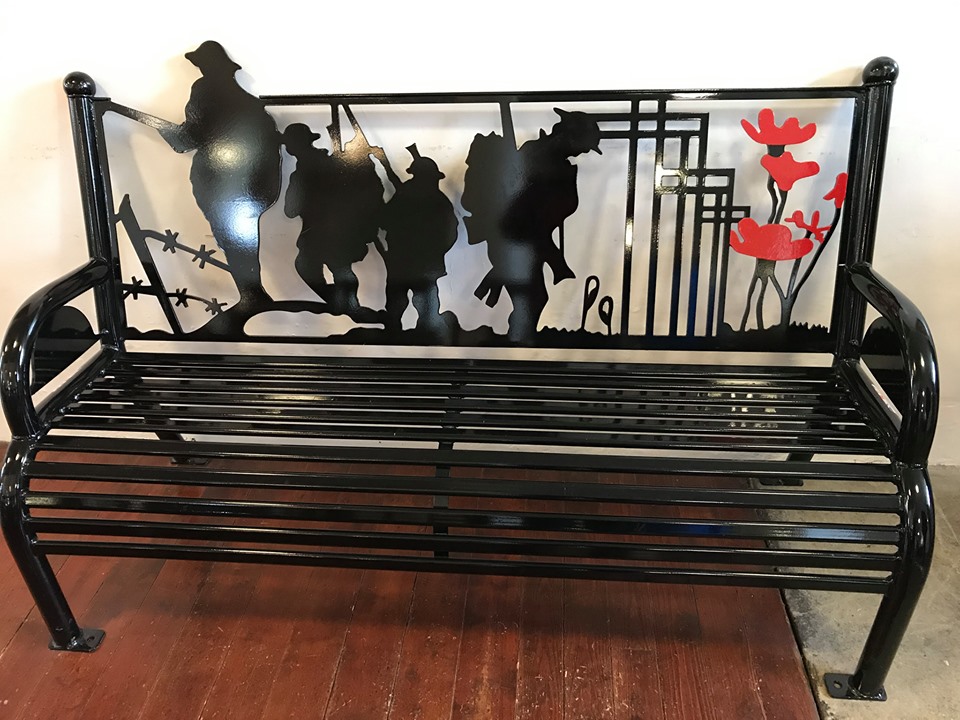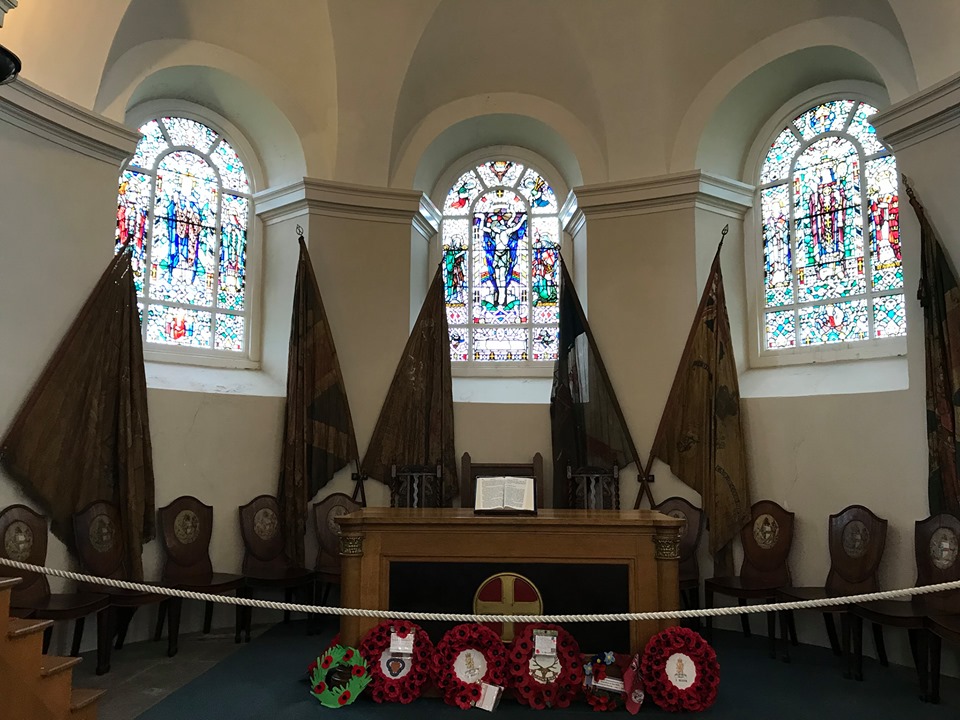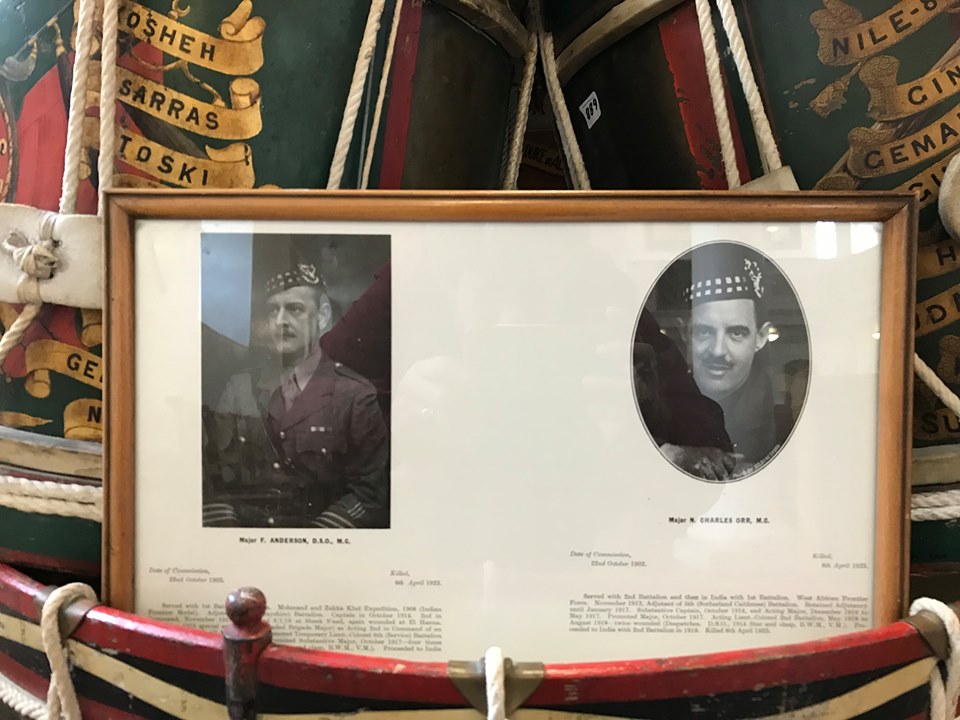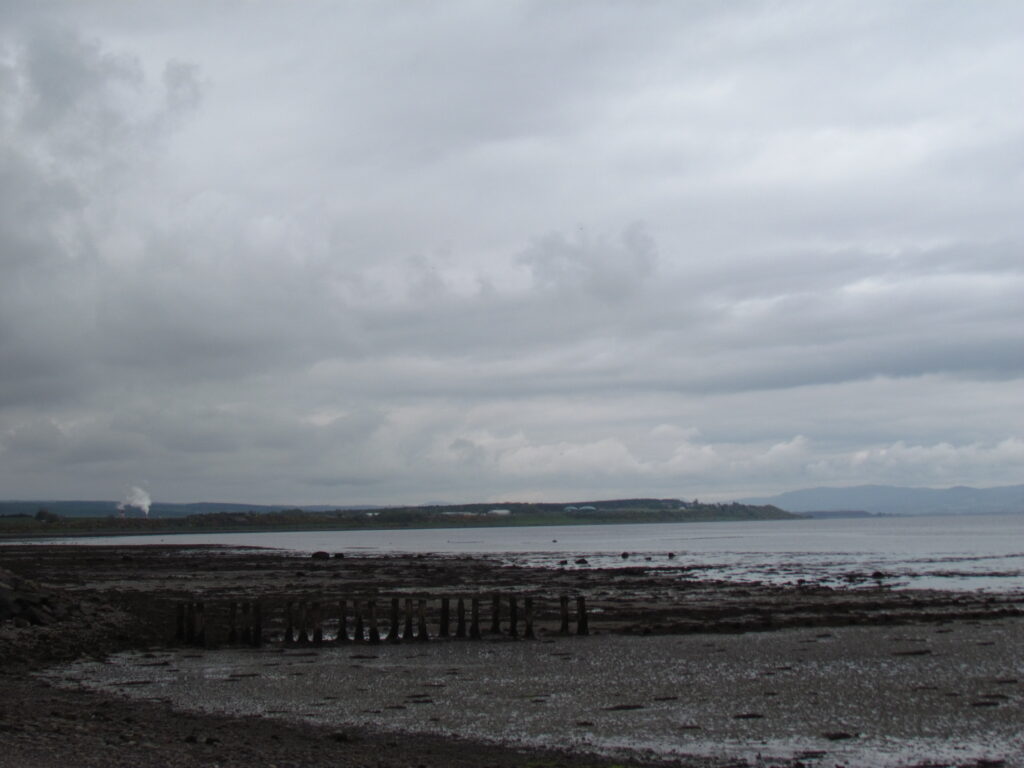24 members joined this outing to Ardersier and Fort George.The bus dropped us off in Ardersier. Sadly this was the last bus trip with Mr Stables, who has been associated with the Field Club for 27 years. Sara Marsh gave a brief account of the history of the village. Records of the parish of Ardersier date back to 1227, but there are traces of a settlement of a much earlier date. On the Cromal Hill overlooking the village there is evidence of a hill fort, and a later medieval motte. The original village, called Blacktown, was situated where the Fort is now. When construction began on the fort after the Jacobite rebellion of 1745, the village was moved to its present situation. It was actually two villages – Stuarton on the shoreline, which belonged to the Catholic Earl of Moray, and Campbelltown where the high street is, belonging to the Protestant Earl of Cawdor. The name Ardersier was officially adopted for the whole village in the 1970s to avoid confusion with Campbelltown in Argyll. A leisurely walk along the shoreline led to Fort George. We stopped to look at the last remaining thatched cottage, and the dolphin sculptures named Moray and Cawdor on the old drying green. Traces of the old pier can still be seen; there has been no fishing in Ardersier since World War 2. We saw oystercatchers and curlews in the bay, and Gordon Birnie spotted 55 Sandwich terns. Norman Thomson found a common vole in the grass verge near the Fort car park. It was lunchtime when we arrived at the fort: some people had picnics, others went to the Historic Scotland cafe on site. We assembled outside the visitor centre at 1pm for the start of a tour, very ably and knowledgeably led by Don Asher, an Historic Scotland guide, who had accompanied us on the bus. Don used the relief model of the Fort for orientation purposes and then gave us a concise history of the construction of the site. It was begun in 1748 and completed in 1769, so this year is its 250th anniversary. Don gave an account of the professional rivalry and tensions between the military architect William Skinner, and the Adam brothers. The classical style and symmetry of the Adams’ design is evident everywhere. It is a huge site – Edinburgh castle would fit comfortably into the “the Parade” at Fort George. Don enlivened his talk with anecdotes and stories of the people who had been stationed here. We saw the memorial to the Seaforths, the mystery tree, the barrack rooms from different periods and the chapel. We walked along a section of the ramparts and some of us were lucky enough to see dolphins. Finally we were shown the dogs’ cemetery, before ending up at the entrance to the museum. Some members spent the last hour in the museum, others had coffee or hot chocolate in The Red Hackle!
A note from Don…May 19
I was handed an interesting object by one of ladies in the Field Group during the recent visit to the Fort.
I have been able to establish that the object is a 1914–15 Star, a WW1 campaign medal awarded to officers and men of British and Imperial forces who served in any theatre of WW1 during 1914 and 1915. The medal was never awarded in isolation and recipients also received the British War Medal and the Victory Medal. The 1914–15 Star was instituted in December 1918 and was only awarded to individuals who had not already received the 1914 Star. The period of eligibility was prior to the Military Service Act of 1916 which introduced conscription, this indicates that the recipient, Piper Stewart, was a volunteer, and may have served prior to 1914.
As far as I can see Piper Charles Stewart (Service Number 9615) enlisted in the Highland Light Infantry in Aberdeen, early in WW1 or even before. He was reported killed in action on 18 May 1915, near Wieltze, in the Ypres salient in Belgium.
The owner of the medal told me, if I remember correctly, that the medal had been in the possession of her late husband – I assume there will be some family connection.

